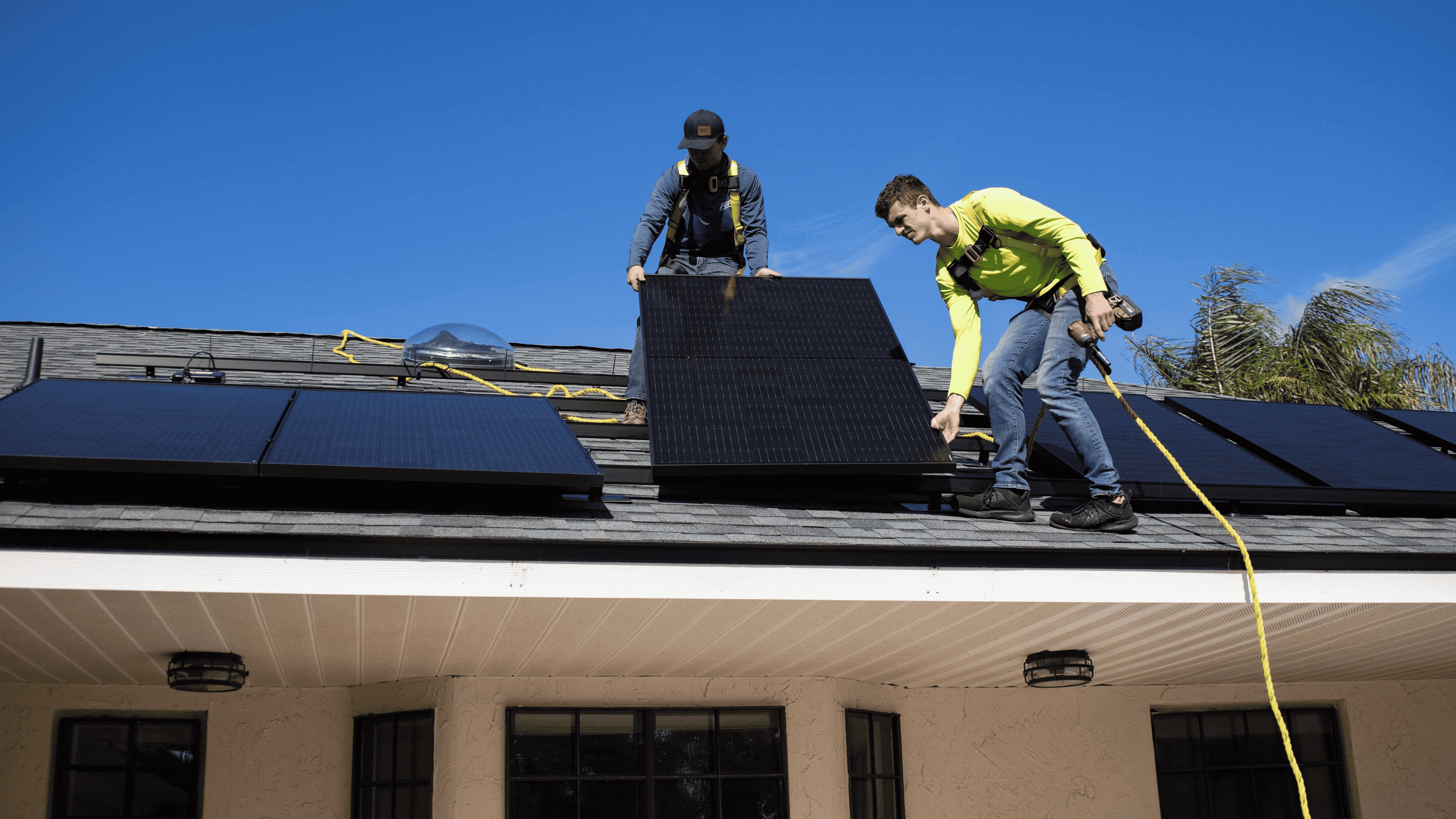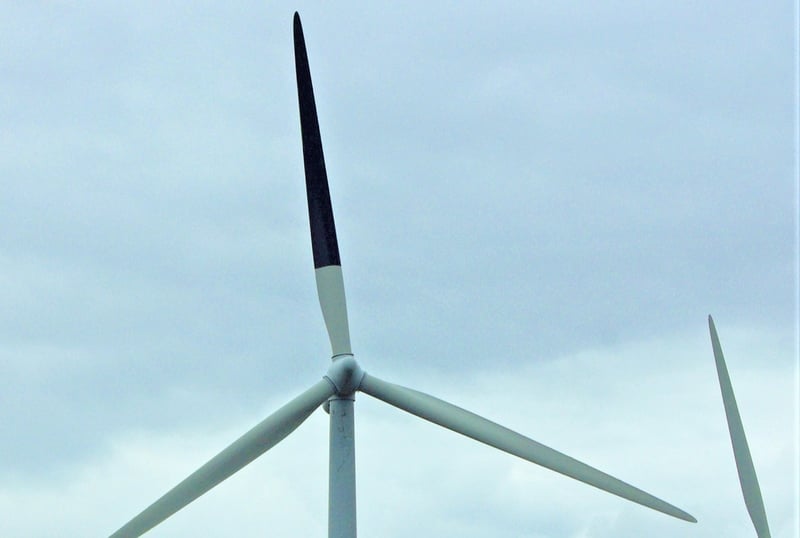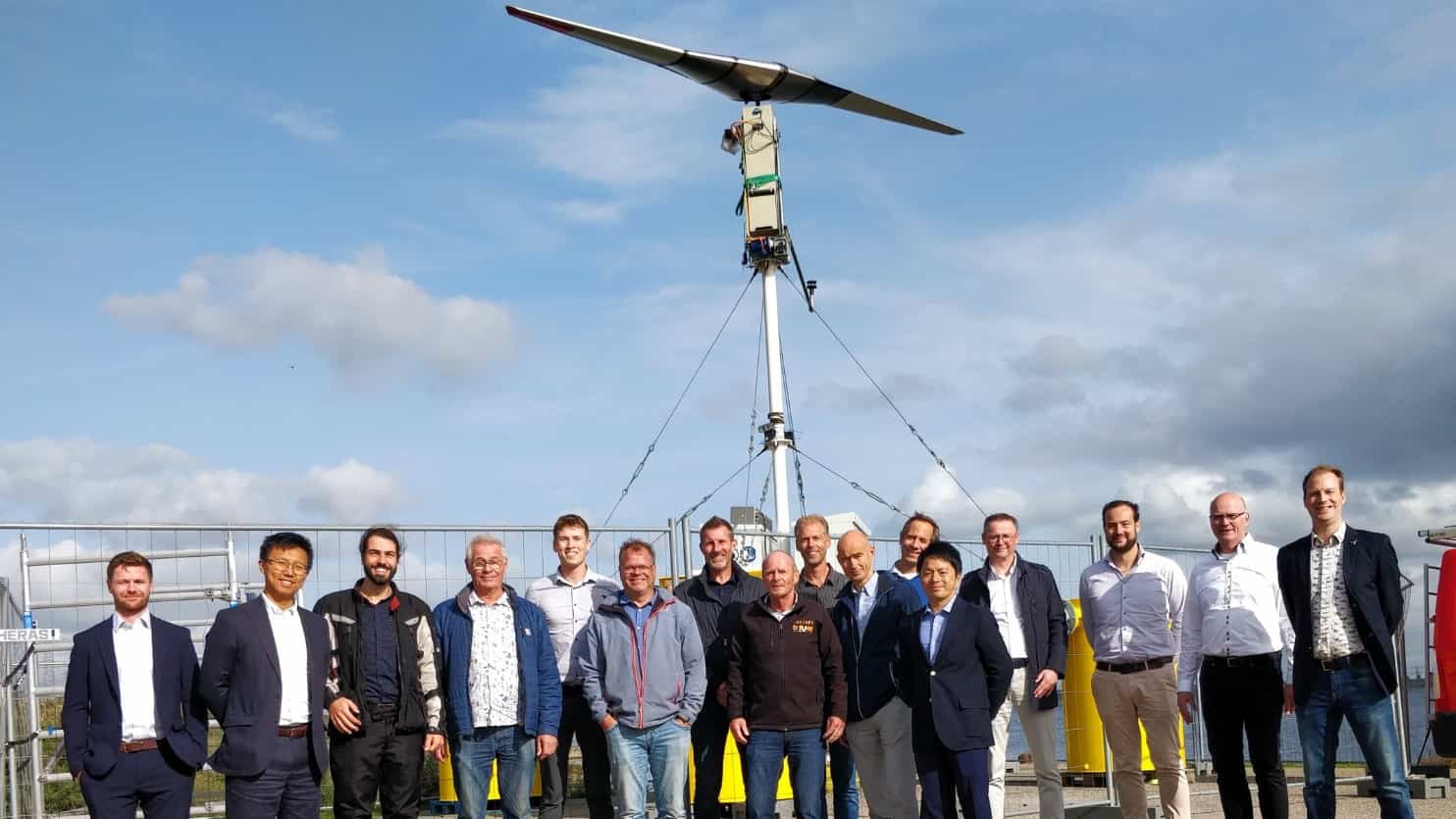
In combined wind and solar farms, the rotating wind turbine blades cause shadows that reduce the energy output of the solar panels. Temporary outliers of up to 50 percent energy loss occur locally. The effects of dynamic shading, caused by rapid light fluctuations in milliseconds, have been studied by TNO in collaboration with industry partners for the first time.
Slow and fast shadow
The effects of shadowing caused by the turbine mast have already been extensively researched and known. This involves the slow-moving shadow that temporarily blocks the sun’s rays throughout the day. However, the high-frequency shadow of rapidly rotating turbine blades has never been the subject of in-depth research.
Crucial role of electronics
Detailed measurements over long periods in Vattenfall’s Haringvliet-Zuid solar farm yielded much interesting data. In particular, the inverters, which convert the harvested solar energy into usable electricity, play a crucial role. When shading occurs, it tries to optimize the voltage at lightning speed with a so-called maximum power point tracker (MPPT). Exactly what then happens on a milli-second scale has now been determined for the first time.
“The energy yield loss can reach tens of percent due to that rapid shading.”
Lenneke Slooff, TNO solar researcher
Loss of yield
“Thanks to financial support from the Ministry of Economic Affairs through RVO, we were able to form a consortium with Vattenfall as the owner of wind farms, electronics company Heliox that makes inverters, consultant Uw-Stroom and developer Prosoldiga. This enabled us to conduct our research under real conditions,” says TNO solar energy researcher Lenneke Slooff.
Combining knowledge of wind and solar
The MPPT tries to extract as much power as possible from the solar panels and continuously calculates how to get the maximum out of them. All measuring systems for solar energy are on a time scale of a few seconds, but here we are talking about milliseconds, within which all signals such as current, voltage, temperature, and radiation must be measured simultaneously. Otherwise, you get shifts in time.
“Fortunately, our wind energy colleagues already have experience with this kind of fast measurement. By combining these two areas of expertise, we now have a wealth of new insights.”
Optimizing inverters
One is that the inverter can be completely upset by the fast shadows. Sometimes, it took a long time to find the maximum point again. The manufacturer is now using TNO’s measurements and analyses to optimize the inverters.
“This is how we try to minimize the loss of yield. The measured percentages of energy loss fluctuate but are significant, so it is definitely worth reducing substantially. We are already in talks with owners and designers of solar and wind farms who want to use our research data,” says Slooff.
“In addition, there is a lot of interest in a model that can quantitatively predict the effect of each solar farm. That way, you can better design a combined solar and wind farm. We are looking into developing such a model based on the data we have measured now.”








